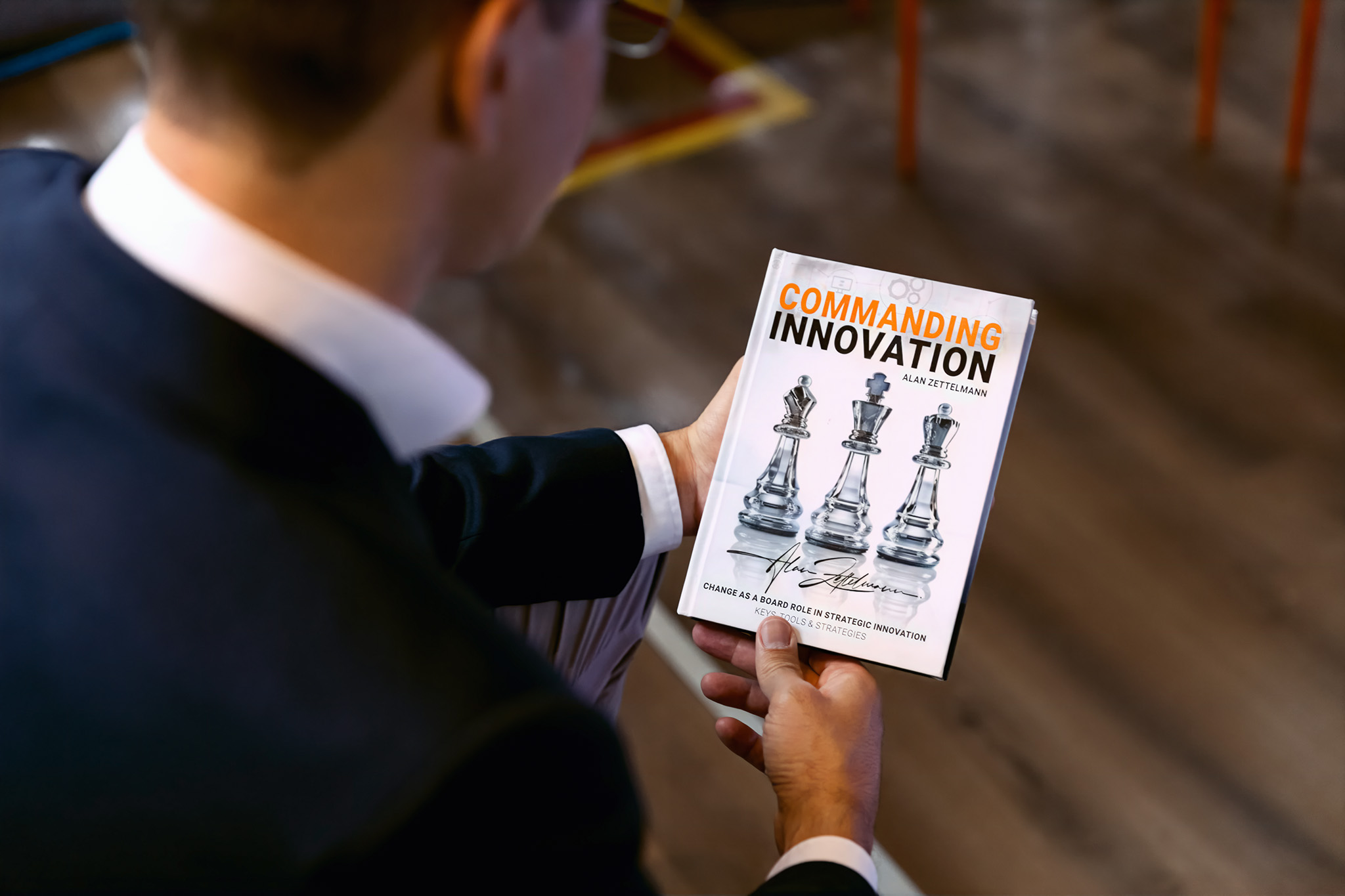Source: Kelsey Warner, Technology and Innovation Correspondent (Semafor.com)
By Alan Zettelmann
On March 24, 2025, the United Arab Emirates (UAE) announced a monumental $1.4 trillion investment framework in the United States, setting the stage for a decade-long transformation across artificial intelligence (AI), semiconductors, energy, and manufacturing. Far beyond mere capital deployment, this initiative marks a historic partnership between two nations seeking not only economic growth—but global influence through technological leadership.
The announcement, initially reported by Semafor and since corroborated by a host of credible sources, represents more than numbers. It reflects a strategic convergence: the UAE’s vision of economic diversification and the U.S.’s imperative to stay ahead in frontier technologies. This unprecedented scale of investment could very well become the accelerant that reshapes global innovation ecosystems.
A Strategic Boost for AI Innovation
At the core of this framework is artificial intelligence. With AI poised to redefine how industries operate and societies evolve, the UAE’s intent is clear: supercharge U.S. capabilities. Through Abu Dhabi-based MGX, up to $100 billion is being mobilized in collaboration with global heavyweights such as BlackRock, Microsoft, NVIDIA, and xAI. Their focus? Building a next-generation, energy-efficient AI infrastructure capable of sustaining the computational appetite of today’s and tomorrow’s models.
This investment goes beyond infrastructure—it unlocks possibility. AI innovation has long been constrained by physical bottlenecks like data center capacity and power consumption. This partnership aims to dissolve those limits, paving the way for exponential leaps in machine learning, autonomous systems, and generative technologies. The involvement of xAI, with its focus on advancing human scientific discovery, hints at a deeper ambition: using AI not just for profit, but to propel the frontiers of knowledge.
Semiconductors: Powering the Future
Equally critical is the investment in semiconductors—those microscopic powerhouses behind AI, 5G, and modern electronics. The UAE’s commitment includes enhancing domestic U.S. chip production, a move that couldn’t be more timely amid lingering supply chain fragility and geopolitical uncertainty.
By bolstering chip design, manufacturing, and even raw material production (as seen with Emirates Global Aluminum’s plan for a new smelter), this initiative strengthens the foundation upon which nearly all future technologies will be built. Partnerships with NVIDIA could yield purpose-built chips optimized for AI workloads—faster, greener, and smarter.
Energy Innovation: Balancing Sustainability with Scale
The third pillar of the framework—energy—is perhaps the most intriguing. While natural gas remains part of the equation, what stands out is the holistic approach: leveraging traditional energy assets while investing in next-gen sustainability.
A $25 billion initiative with Energy Capital Partners aims to deliver 25 gigawatts of power generation, largely to serve AI data centers. ADNOC’s global arm, XRG, will scale LNG production, but alongside this, entities like Masdar are poised to advance solar and storage technologies in tandem. This pragmatic balance is what makes the UAE’s strategy so compelling—meeting today’s demands while building the energy systems of tomorrow.
Manufacturing and Economic Ripple Effects
The innovation impact doesn’t stop at high-tech. Investments in manufacturing—from aluminum to advanced industrial systems—promise to revitalize America’s industrial base. Expect ripple effects in automation, materials science, and workforce development, particularly in states like Texas and Arizona where major projects are planned.
These efforts create a multiplier effect: more jobs, stronger regional economies, and enhanced innovation capacity through R&D reinvestment. It’s a clear reminder that innovation isn’t just about the next app or algorithm—it’s about tangible systems that scale across economies.
A New Model for Global Innovation Partnerships
This $1.4 trillion commitment represents a bold new archetype for international cooperation. It is, in essence, a co-investment in the future—where capital from resource-rich nations fuels ecosystems in innovation-rich ones. The strategic timing, following a meeting between President Donald Trump and UAE National Security Advisor Sheikh Tahnoon bin Zayed, also reveals a geopolitical layer: technological advancement as a soft power strategy.
If executed well, this initiative could become a blueprint for how nations collaborate in the 21st century—combining vision, funding, infrastructure, and human capital to solve the grand challenges of our time.
Why This Must Be More Than Money: The Innovation IQ Factor
As Alan Zettelmann brilliantly articulates in his book Commanding Innovation, innovation is not just about big budgets—it’s about intelligent systems, strong leadership, and measurable results. His concept of Innovation IQ—the organizational capability to manage, measure, and multiply innovation—offers a timely lens to evaluate whether this $1.4 trillion will deliver its intended impact.
Without an embedded innovation management system, this investment risks falling into the trap of scattered projects and misaligned goals. But if guided by the Innovation IQ motion—assessing capacity, aligning strategies, roadmapping outcomes, and continuously optimizing—this partnership could become the gold standard for cross-border innovation.
Zettelmann reminds us that innovation must be driven from the top, and institutionalized across all levels. The UAE-U.S. framework, if infused with these principles, has every ingredient to become a legacy-defining endeavor—not only transforming industries, but reshaping how global partnerships are designed in the age of AI.
In conclusion, this is not just a story about capital—it’s a story about commitment. It’s a story about two nations daring to co-author the next chapter of innovation. And with the right frameworks, leadership, and intelligence, it could be the spark that shifts the global axis of technological progress.
For more on how organizations can lead innovation from the top and develop their Innovation IQ, explore Commanding Innovation by Alan Zettelmann.




